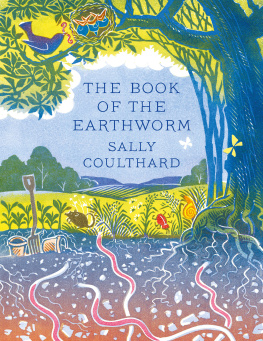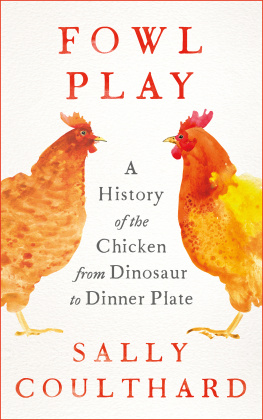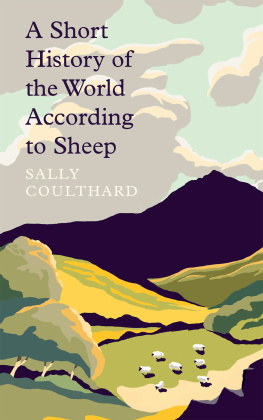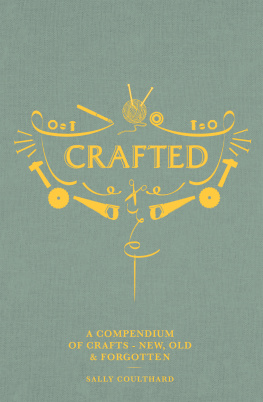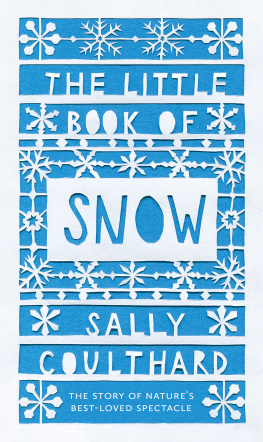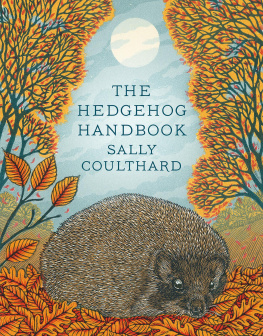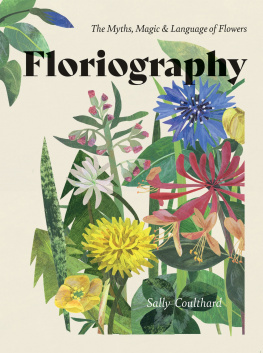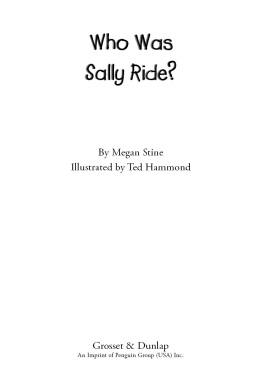Sally Coulthard - The Book of the Earthworm
Here you can read online Sally Coulthard - The Book of the Earthworm full text of the book (entire story) in english for free. Download pdf and epub, get meaning, cover and reviews about this ebook. publisher: Head of Zeus, genre: Art. Description of the work, (preface) as well as reviews are available. Best literature library LitArk.com created for fans of good reading and offers a wide selection of genres:
Romance novel
Science fiction
Adventure
Detective
Science
History
Home and family
Prose
Art
Politics
Computer
Non-fiction
Religion
Business
Children
Humor
Choose a favorite category and find really read worthwhile books. Enjoy immersion in the world of imagination, feel the emotions of the characters or learn something new for yourself, make an fascinating discovery.
- Book:The Book of the Earthworm
- Author:
- Publisher:Head of Zeus
- Genre:
- Rating:5 / 5
- Favourites:Add to favourites
- Your mark:
- 100
- 1
- 2
- 3
- 4
- 5
The Book of the Earthworm: summary, description and annotation
We offer to read an annotation, description, summary or preface (depends on what the author of the book "The Book of the Earthworm" wrote himself). If you haven't found the necessary information about the book — write in the comments, we will try to find it.
The Book of the Earthworm — read online for free the complete book (whole text) full work
Below is the text of the book, divided by pages. System saving the place of the last page read, allows you to conveniently read the book "The Book of the Earthworm" online for free, without having to search again every time where you left off. Put a bookmark, and you can go to the page where you finished reading at any time.
Font size:
Interval:
Bookmark:

THE BOOK
OF THE
EARTHWORM
An Apollo book
First published in the UK in 2021 by Head of Zeus Ltd
Copyright Sally Coulthard, 2021
The moral right of Sally Coulthard to be identified as the author of this work has been asserted in accordance with the Copyright, Designs and Patents Act of 1988.
All rights reserved. No part of this publication may be reproduced, stored in a retrieval system, or transmitted in any form or by any means, electronic, mechanical, photocopying, recording, or otherwise, without the prior permission of both the copyright owner and the above publisher of this book.
A catalogue record for this book is available from the British Library.
ISBN (HB): 9781789544756
ISBN (E): 9781789544749
Linocuts Sarah Price
Head of Zeus Ltd
First Floor East
58 Hardwick Street
London EC1R 4RG
www.headofzeus.com
THE BOOK
OF THE
EARTHWORM
SALLY
COULTHARD
AN APOLLO BOOK
www.headofzeus.com
love for all living creatures, the most noble attribute of man.
Charles Darwin, The Descent of Man (1871)

When Charles Darwin had to pick what he thought was the most important animal in the world, he didnt choose the ape for its intelligence, or the sheep for its usefulness, or the duck-billed platypus for its sheer oddness. He chose the earthworm.
Calling it natures plough, Darwin crowned the humble earthworm the most significant creature on the planet, stating: It may be doubted whether there are many other animals which have played so important a part in the history of the world, as have these lowly organised creatures. Two thousand years earlier, Greek philosopher Aristotle had hailed worms as the entrails of earth.
And yet, most of us know almost nothing about these marvellous engineers of the soil. We take them for granted, but without earthworms, life would stop. The worlds soil would be barren our gardens, fields and farms wouldnt be able to grow the food and support the crops and animals we need to survive. Earthworms not only recycle decaying plants, putting nutrients back into the soil, but also, with their endless wiggling and burrowing, they help rain soak away and provide food for wildlife as diverse as foxes and frogs. Recent research even suggests earthworms can help clean up polluted land, turning it back into rich, fertile ground.
Earthworms are heroes in miniature. Many of our current environmental issues can seem overwhelming and yet, ironically, some of the solutions may lie in one of natures smallest, most overlooked creatures. For too long we have taken the endless toil of earthworms for granted, without really knowing whos doing all the work, or why.

Leonardo da Vinci famously declared: We know more about the movement of celestial bodies than about the soil underfoot. Everyone should know whats going on under their back gardens. Its miraculous.
Aristotle never actually calls earthworms the intestines of the soil, as is often misquoted. In De Generatione Animalium (On the Generation of Animals), Book III, translated by Arthur Platt (1910), he writes: For all of these [animals], though they have but little blood by nature, are nevertheless sanguine, and have a heart with blood in it as the origin of the parts; and the so-called entrails of earth.
The tulip and the butterfly
Appear in gayer coats than I
Let me be dressed as fine as I will,
Flies, worms, and flowers, exceed me still.
Isaac Watts, Divine Songs (1715)


One of the most remarkable things about the earthworm is just how little we really know about this extraordinary creature. For one of the most important animals on the planet, it has been merrily ignored for much of its existence.
Until about thirty years ago, only a few dedicated scientists had ever studied this amazing organism, but in recent years an increasing number of people are waking up to just how critical earthworms are to our entire ecological system. In particular, people have been looking at the potential of earthworms in sustainable farming practices such as vermiculture (getting worms to make fertiliser) and organic waste recycling and, perhaps more surprisingly, as a source of high-protein food (see ).

Other research projects have investigated the role of earthworms in restoring polluting or degraded farmland and environmental monitoring. The earthworm, whether it likes it or not, has been dragged centre stage. Only now are we starting to learn just what a valuable creature the earthworm really is.
Perhaps the first thing to say is that there isnt just one type of earthworm. In fact, there are thousands. Across the world, there are thought to be at least 3,000 different species of earthworm, but because theyve been so little studied, there are probably thousands more than that, tucked away and yet to be discovered.
Earthworms also come in a wide variety of sizes. Different species can range in length from a centimetre to a gigantic 3 metres. Their colours vary enormously, too alongside the muted browns and pinks we are familiar with in our own back gardens, some earthworms are green, stripy red and even a gorgeous purply blue.

The collective noun for earthworms is a clew; clew is an ancient relic of the Old English cliwen and means ball of yarn or thread. Other names for a group of worms include a mouthful, bed, clat, bunch and squirm.
Who really respects the earthworm,
the farmworker far under the grass in the soil.
He keeps the earth always changing.
He works entirely full of soil,
speechless with soil, and blind.
Harry Edmund Martinson, The Earthworm (trans. Robert Bly)
For all their glorious variety, its helpful to divide earthworms into three groups. These categories are roughly based on whereabouts in the soil the earthworm lives, and how it feeds and burrows. Starting from the surface, moving down into the soil, youll discover:
SURFACE DWELLERS (Epigeic) this group of earthworms doesnt actually live in the soil. Instead, it rummages around on the surface among moist, warm, decomposing leaves and organic matter. These earthworms feed on this decaying material and on the fungi and bacteria that help break it down. They tend to be small (around 34 centimetres long), dont burrow into the ground, and are often red or reddish brown in colour.

Earthworms in this category include the wonderfully stripy Tiger worms ( Eisenia fetida ), which often live in compost heaps and are also known as Redworms or Red Wrigglers. You dont find many of these worms on agricultural land because of the lack of any permanent leaf litter; they tend, instead, to prefer grasslands and forests.
Font size:
Interval:
Bookmark:
Similar books «The Book of the Earthworm»
Look at similar books to The Book of the Earthworm. We have selected literature similar in name and meaning in the hope of providing readers with more options to find new, interesting, not yet read works.
Discussion, reviews of the book The Book of the Earthworm and just readers' own opinions. Leave your comments, write what you think about the work, its meaning or the main characters. Specify what exactly you liked and what you didn't like, and why you think so.

